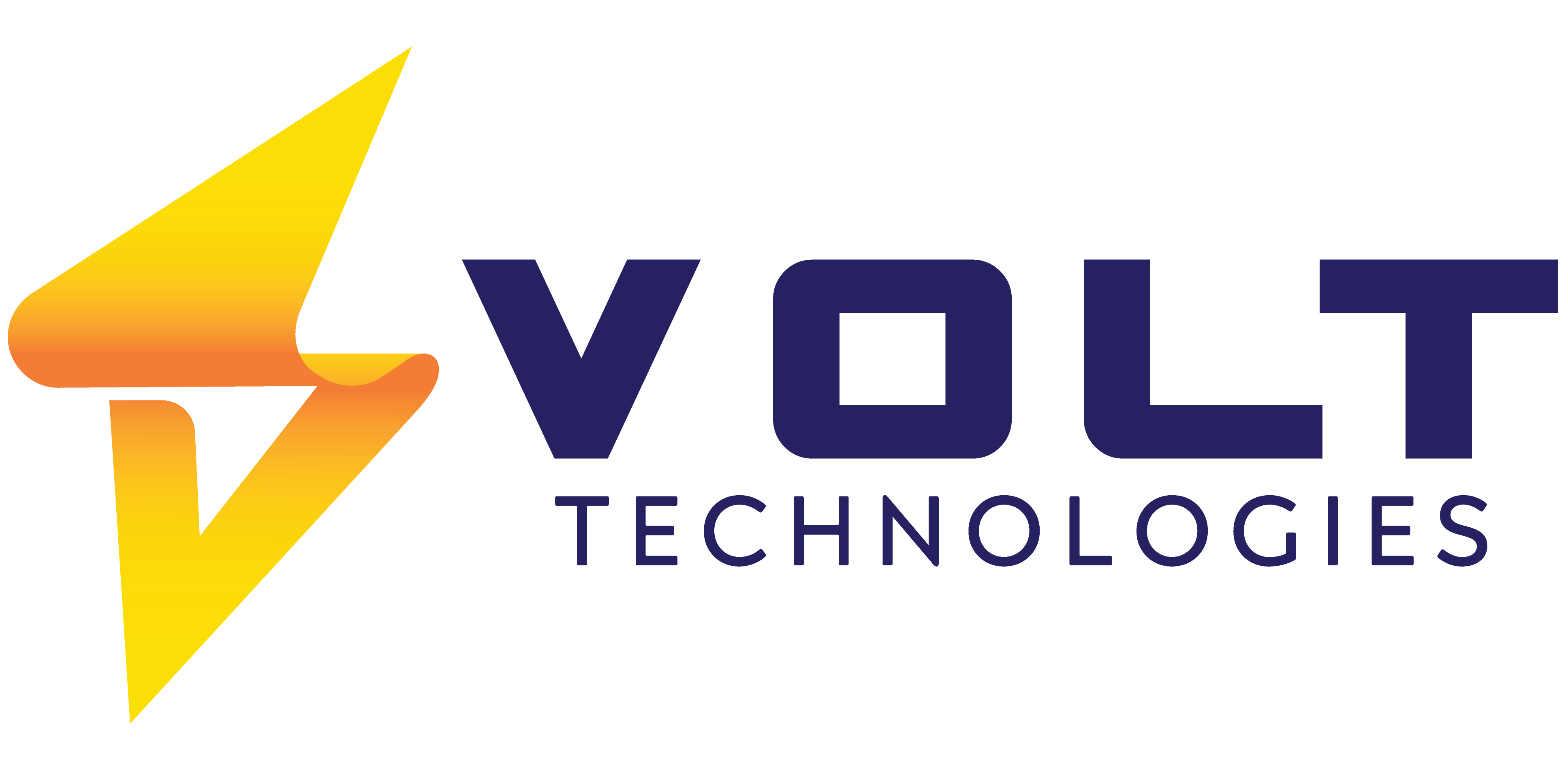Dynamics 365 Business Central Fixed Assets Guide


Microsoft Dynamics 365 | Simplify your IT footprint and make decisions faster.
- September 29, 2025
In today’s fast-paced business environment, managing fixed assets is no longer just about recording purchases and depreciation. For CFOs and operations leaders, fixed assets represent a significant portion of the balance sheet, often accounting for 30–40% of total business investment. Inefficient asset management can lead to compliance risks, inaccurate reporting, higher operating costs, and missed strategic opportunities.
According to a 2024 Deloitte report, companies that adopt modern asset management systems can cut audit preparation time by up to 40% and improve forecasting accuracy by 25%. This is where Dynamics 365 Business Central Fixed Assets becomes a game-changer. The module is designed to streamline asset tracking, automate depreciation, and provide full lifecycle visibility. From vehicles and machinery to IT infrastructure and office equipment, organizations can manage everything in one unified system. Instead of juggling spreadsheets and manual records, finance teams gain automation, compliance-ready processes, and actionable insights directly within Business Central.
At Volt Technologies, we see this every day: businesses that adopt Dynamics 365 Business Central Fixed Assets gain not only financial accuracy but also operational agility, helping them scale faster, reduce risk, and make smarter investment decisions.
What Are Fixed Assets in Dynamics 365 Business Central?
In finance, fixed assets are long-term resources a business owns and uses to generate value, think vehicles, buildings, machinery, or IT equipment. They differ from short-term inventory because fixed assets provide benefits over many years, making accurate tracking and depreciation critical for compliance and financial health.
With Dynamics 365 Business Central Fixed Assets, organizations gain a centralized system to record, monitor, and report on these resources. Instead of relying on spreadsheets or disconnected tools, Business Central ensures that every asset, from purchase to disposal, is accounted for.
Industry experts have highlighted why this matters. According to a Deloitte report on asset management:
“Organizations that digitize fixed asset processes can reduce compliance risks by up to 30% while freeing finance teams to focus on strategic planning.”
Business Central makes that digitization practical, combining financial governance with operational oversight.
For example, Volt Technologies often works with mid-sized manufacturers that struggle with tracking equipment across multiple warehouses. Business Central allows them to:
- Assign unique asset numbers and classifications
- Track location and responsible cost centers
- Automate depreciation schedules
- Attach key documents such as warranties, licenses, or insurance details
Key Features of the Fixed Assets Module
The Dynamics 365 Business Central Fixed Assets module is more than just a record-keeping tool, it’s designed to give finance and operations leaders full visibility and control over the entire asset lifecycle. From acquisition to disposal, Business Central automates routine tasks, enforces compliance, and provides actionable insights.
1. Flexible Asset Classification and Tracking
Business Central lets organizations assign custom asset numbers, class codes, and sub-class codes. This flexibility ensures you can categorize everything from vehicles and manufacturing machinery to laptops and office furniture. Assets can also be tracked by location, cost center, or even legal entity, ideal for multi-site or multinational businesses.
Additionally, organizations can track:
- Budgeted assets
- Serial numbers
- Asset status (active, inactive, blocked)
This ensures a comprehensive, real-time view of asset usage and location.
2. Comprehensive Depreciation Management
Managing depreciation accurately is one of the biggest challenges with fixed assets. Business Central supports multiple methods, including:
- Straight Line
- Declining Balance
- User-Defined / Manual Adjustments
The system calculates start dates, useful life, and end dates automatically, generating month-over-month or week-over-week depreciation.
According to PwC, errors in depreciation reporting are one of the top five reasons companies face audit adjustments. Business Central reduces that risk by automating calculations and maintaining a full audit trail.
3. Maintenance and Warranty Tracking
Assets aren’t just about numbers, they require care. Business Central allows businesses to:
- Schedule and log maintenance (monthly, biweekly, or custom)
- Track warranty and insurance details
- Attach service records and visual documentation
This reduces downtime and extends the useful life of critical equipment.
4. Asset Lifecycle Actions (Acquisition, Transfer, Disposal)
Business Central simplifies complex lifecycle events:
- Assets can be acquired, reclassified, split across entities, or disposed of
- Every action is logged for audit purposes
- Depreciation schedules are automatically updated based on usage or transfers
5. Attachments and Documentation
From purchase invoices to warranty certificates, documents can be stored directly against each asset record. Photos can also be uploaded, helping finance and operations teams connect digital records with physical assets.
Why Fixed Asset Management Matters Across Volt Technologies’ Core Industries
Volt Technologies serves Apparel, Fashion, Footwear, Manufacturing, Distribution, Furniture, Retail, CPG, Textile, Private Equity, and Non-Profits. In these sectors, fixed assets aren’t just line items, they’re operational engines.
Apparel, Fashion, Footwear, Textile & Retail
- Typical assets: store fixtures, POS terminals, display racks, sample inventory, in-store kiosks, showroom equipment
- Pain points: frequent store moves, seasonal rollouts, and high volumes of small IT/retail assets
- Business Central advantage: location tracking, custom asset classes, document attachments for warranties/photos, faster audits, reduced lost assets, and improved store-level profitability
Manufacturing & Furniture
- Typical assets: production lines, CNC machines, assembly tools, factory vehicles
- Pain points: unplanned downtime, irregular maintenance schedules, complex depreciation of capital equipment
- Business Central advantage: scheduled maintenance, integrated depreciation books, proactive servicing, accurate cost forecasting, and extended equipment life
Distribution & Logistics
- Typical assets: forklifts, warehouse racking, trailers, delivery vehicles, material handling equipment
- Pain points: assets move across sites; spreadsheets make insurance and compliance tracking difficult
- Business Central advantage: multi-site asset transfer, serial/ID tracking, real-time location visibility, improved compliance and replacement planning
Consumer Packaged Goods (CPG)
- Typical assets: packaging lines, test equipment, cold-chain refrigeration units
- Pain points: regulatory requirements, high capex, risk of errors in depreciation or maintenance
- Business Central advantage: multiple depreciation books, audit-ready trails, simplified external reporting, and regulatory compliance
Private Equity
- Typical assets: production assets, real estate, IT across portfolio companies
- Pain points: consolidating asset data and depreciation across multiple legal entities
- Business Central advantage: multi-entity support, transfer/split functionality, accurate portfolio reporting, and exit readiness
Non-Profits
- Typical assets: donated equipment, fixed installations, lab equipment, buildings
- Pain points: donor restrictions, grant compliance, audit requirements
- Business Central advantage: attachment of donor documentation, precise depreciation tracking, audit-ready records
Depreciation Strategies: More Than Compliance
Depreciation isn’t just a regulatory requirement, it’s a lever for cash flow management, tax optimization, and strategic planning. Business Central allows organizations to:
- Maintain parallel depreciation books for IFRS, GAAP, and local tax
- Apply multiple depreciation methods aligned with financial strategy
- Model what-if scenarios to forecast asset value and replacement needs
A PwC insight notes that flexible depreciation policies can unlock up to 2% EBITDA improvement by aligning write-downs with actual asset usage and tax strategy.
Full Asset Lifecycle Management
Business Central centralizes management for the entire asset lifecycle:
- Acquisition & Capitalization
- Capitalize costs directly from purchase invoices
- Assign asset classes and locations
- Link to projects for real-time investment visibility
- Maintenance & Servicing
- Track scheduled maintenance, warranties, insurance
- Receive alerts for upcoming service intervals
- Deloitte reports proactive maintenance reduces unplanned downtime by up to 30% in manufacturing
- Transfers & Adjustments
- Move assets across warehouses, legal entities, or departments
- Partial disposals or splits
- Real-time updates to depreciation schedules
- Disposal & Retirement
- Automated gain/loss calculations
- Integration with GL
- Full historical records for compliance
Integration with Financial & Operational Workflows
- General Ledger: Automatic postings for acquisition, depreciation, and disposal
- Budgeting & Forecasting: Link assets to CapEx planning; simulate cash flow impact
- Project & Job Costing: Tie assets to projects for profitability analysis
- Operational Workflows: Integrates with purchasing, service management, and supply chain
Volt Technologies ensures fixed asset processes align with operational goals, tax planning, and compliance, turning asset management into a strategic advantage.
Compliance, Reporting, and Audit Readiness
Business Central automates compliance by providing:
- Support for IFRS, GAAP, and local statutory requirements
- Detailed audit trails for every asset transaction
- Real-time dashboards and pre-built reports
- Automated maintenance reminders and risk management
Deloitte 2024 CFO Insights notes:
“Organizations with integrated asset management systems reduce audit preparation times by as much as 40% compared to those relying on manual processes.”
Future Trends in Fixed Asset Management
- AI-Powered Asset Forecasting
- Predict equipment replacement, optimize depreciation, recommend cost-saving alternatives
- Gartner predicts 60% of large enterprises will adopt AI-driven forecasting by 2026
- IoT & Smart Asset Tracking
- Real-time monitoring of machinery, vehicles, and IT assets
- Predictive maintenance, enhanced utilization, improved reporting
- Sustainability & ESG Reporting
- Track energy use, carbon footprint, and green investments
- Align fixed asset management with corporate sustainability goals
- Cloud-First Flexibility
- Scale across geographies
- Remote access for distributed teams
- Continuous updates and improved security
PwC 2025 Asset Management Outlook emphasizes:
“The winners of tomorrow will be those who see asset management not as a ledger function, but as a strategic intelligence system.”
Volt Technologies’ Advantage
Volt Technologies doesn’t just implement software. We:
- Combine industry expertise with technical proficiency
- Align asset management strategies with operational goals
- Deliver measurable improvements in efficiency, compliance, and profitability
“Fixed assets may sit on the balance sheet, but in reality, they fuel operations, growth, and strategy. Our role is to make sure Dynamics 365 Business Central transforms them from static numbers into dynamic drivers of value.” Zach Kara Hali, Volt Technologies
Conclusion
Managing fixed assets is no longer a back-office function, it’s a strategic necessity. From depreciation tracking to predictive maintenance and ESG compliance, Dynamics 365 Business Central Fixed Assets enables businesses to get more value, reduce risk, and plan smarter.
At Volt Technologies, we help organizations across Healthcare, Distribution, Manufacturing, and Professional Services harness the full power of Business Central’s fixed asset management capabilities. Our team doesn’t just implement software, we align technology with your industry challenges, ensuring that your assets drive measurable business outcomes.
Ready to optimize your asset management strategy?
Talk to Volt Technologies today and discover how Dynamics 365 Business Central Fixed Assets can transform the way you manage and grow your business.
For detailed guide, watch the video: https://www.youtube.com/watch?v=pPdSvn1egKI
